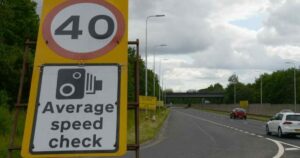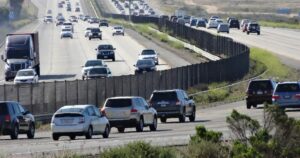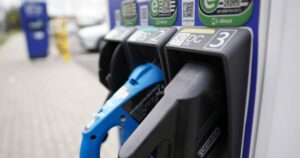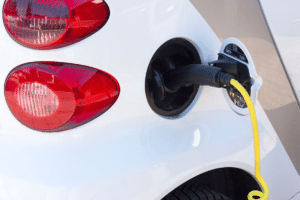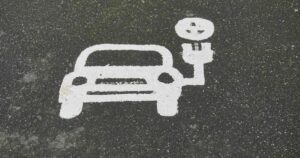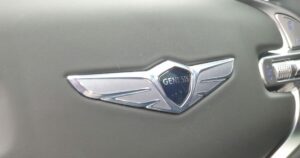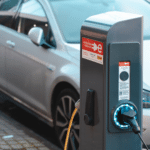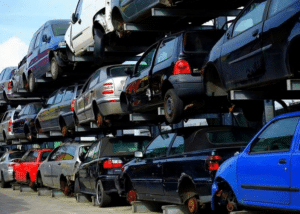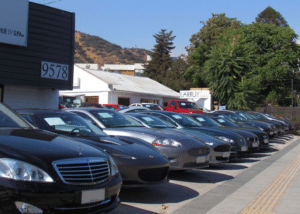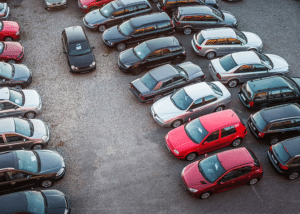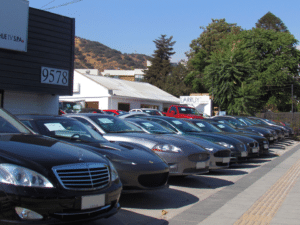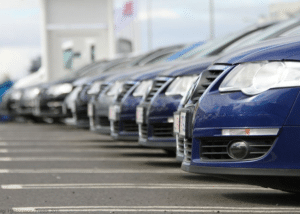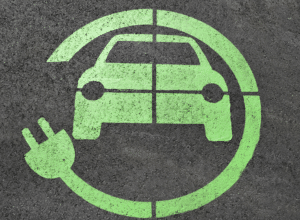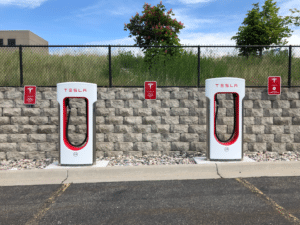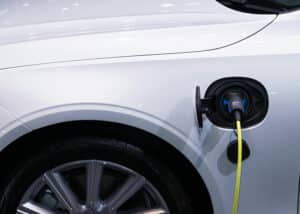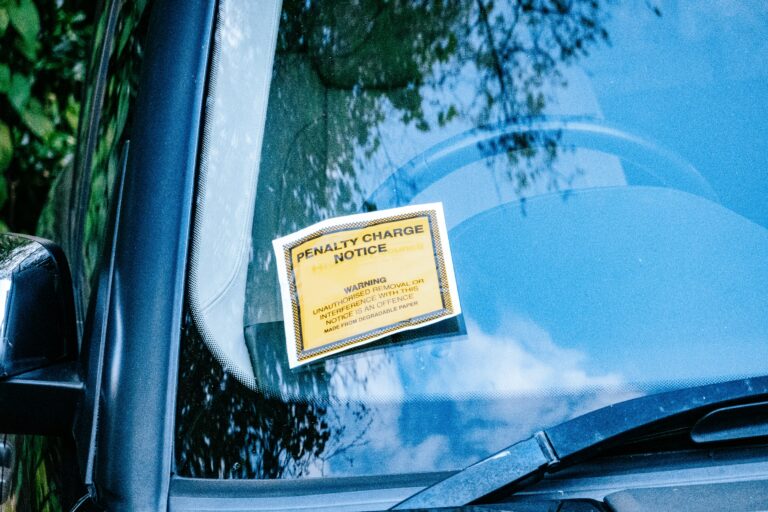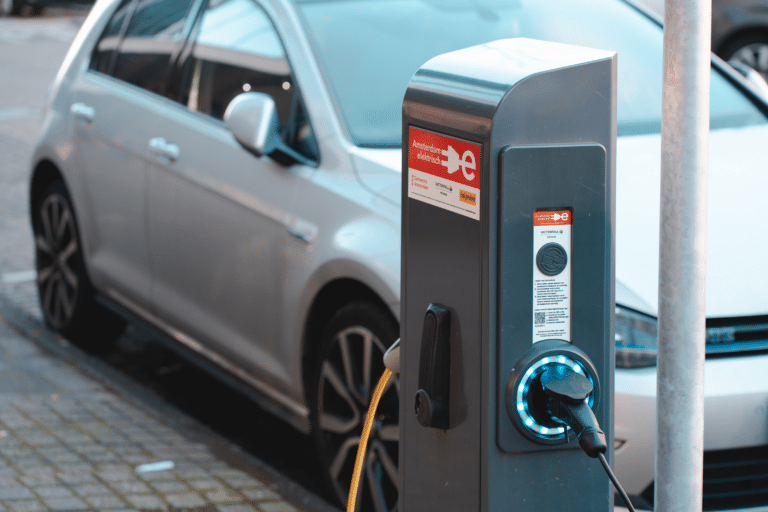The Labour Council doubles the cost of EV parking permits but cuts price of high-emission ones
According to This is Money, the Labour-run Dover District Council has recently made a controversial decision to more than double the cost of parking permits for electric vehicles (EVs) while simultaneously reducing the fees for high-emission vehicles. This move has sparked a significant debate among residents and environmental campaigners alike.

Starting from January 13, 2025, EV owners in Dover, Kent, will see their annual on-street parking permit costs rise from £40 to £105, a staggering 162% increase according to The Telegraph. Meanwhile, the fee for owners of the most polluting vehicles will drop from £120 to £105.
The council has justified this decision by stating that the previous incentive of cheaper parking permits for EVs failed to significantly boost the uptake of electric cars in the area. Since the introduction of the emissions-based charging trial in 2021, there has only been an increase of 20 permits for zero-emission cars and 14 for the lowest-polluting hybrids, according to GB News.
The council’s decision to implement a flat rate for parking permits is aimed at creating a fairer pricing structure for residents requiring parking spaces near their homes. However, this move has been met with criticism from various quarters. Councillor Mike Eddy, a Green Party member for Deal and Walmer Town Councils, described the decision as “bizarre” and argued that it would make “absolute peanuts” for the council. He further added that increasing the charges for EVs while trying to encourage people to use less polluting cars is counterintuitive.
Environmental campaigners have also expressed their dismay at the council’s decision. They argue that the move is “silly” and “strange” and does not align with the government’s attempt to boost the uptake of EVs nationwide and reduce emissions. The council, however, maintains that the changes will have a minimal effect on climate change and that the needs of the local economy and residents are always taken into consideration.
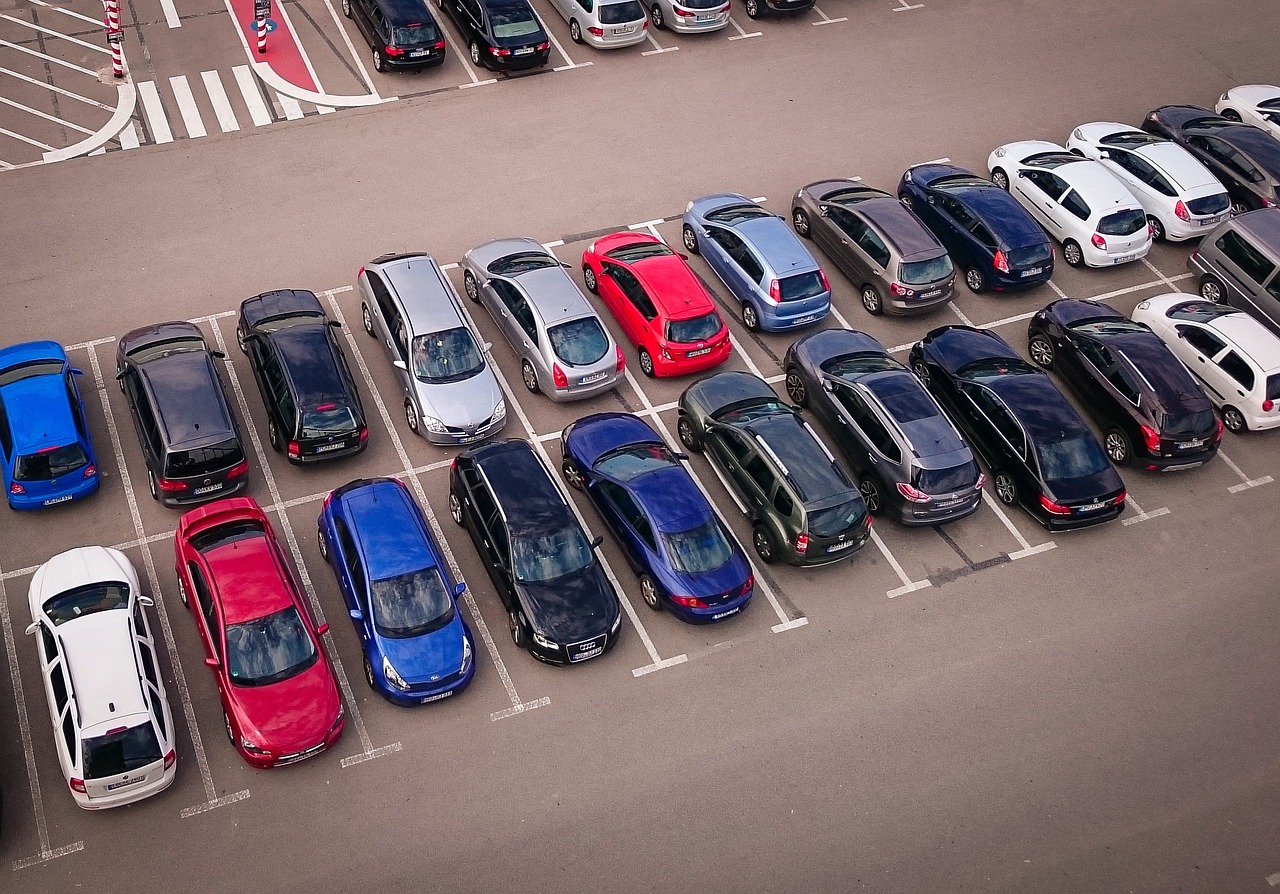
The decision to remove the emissions-based charging has also raised concerns about the potential impact on the environment. EVs, which are up to 40% heavier than their non-electric equivalents, could be hit hardest if higher parking fees for heavier vehicles are introduced in the future. This could further discourage people from switching to electric cars, which are seen as a crucial part of the solution to reducing carbon emissions and combating climate change.
The council’s move has also been criticized for not aligning with the broader government policies aimed at promoting the use of electric vehicles says GB News.
From April 2025, battery-powered motors, which currently enjoy a full exemption, will attract car tax, with the majority paying the standard yearly amount of £190, says GOV.UK. There has also not been a cash incentive from the Government to purchase an EV since 2022.
It’s fair to say that as the Labour Council doubles the cost of EV parking permits, while cutting the price for high-emission ones, this has sparked a significant debate. While the council argues that the move is aimed at creating a fairer pricing structure, critics argue that it is counterintuitive and does not align with broader government policies aimed at promoting the use of electric vehicles, which is a fair point. The impact of this decision on the uptake of EVs and the environment remains to be seen, so let’s see what this year has in store.
Jamjar.com makes selling your car quick, easy, and hassle-free. By comparing offers from a trusted network of UK car buyers, you get the best price without the stress of negotiating or haggling. There are no hidden fees, no obligation to sell, and the entire process is 100% online. Whether your car is nearly new or well-used, Jamjar helps you sell it fast and for a fair price—saving you time and effort.
SELL YOUR CAR HERE: https://www.jamjar.com/sell-my-car/






